Molasses /melli - copper/ is a thick, dark syrup by-product from the production of sugar from sugar cane or sugar beets. The amount of molasses depends on how mature the material that was used is, how much sugar is extracted and the extraction method that was used.
Molasses has a rich history in the Caribbean and some U.S. states where sugar beet and sugar cane are widely cultivated. Almost until the end of the 19th century, it was the most popular sweetener in the U.S., because it is much cheaper than refined sugar.
Types of molasses
During the process of extracting sugar, the juice extracted from sugar beet or sugar cane is boiled until the sugar is crystallized and settled. The syrup remaining after crystallization is molasses. Typically, cane undergoes three cycles of melting and crystallization, to extract sugar. With each cycle, molasses has less sugar.
Light molasses - a syrup that is left after the first cycle of boiling sugar cane. This molasses has a bright color, high sugar content and less viscous consistency.
Dark molasses - a product of the second cycle of boiling sugar cane. Besides being much darker than the previous type of molasses, it has more sugar too.
Black molasses - a byproduct of the last third cycle of the process of extracting sugar. This molasses has the least amount of sugar and the highest content of vitamins. Black molasses is very dark and has a very sticky consistency. This type of molasses is highly concentrated and therefore has a deep and spicy taste.
Composition of molasses
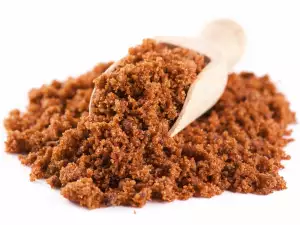
Because molasses is a residual component of sugar, it contains concentrated levels of vitamins and the minerals contained in the cane itself. Molasses is particularly valued for its high content of iron, although it contains other important minerals such as calcium, potassium and magnesium. The amount of these substances depends on the variety of molasses and the transformation process.
There is so called coarse molasses, which has the most nutrients because it is the most concentrated and with the least sugar content.
The total sugar content in molasses, in most cases is about 50%. Around 20% of the total mass of molasses consists of specific organic matter. In addition, molasses contains free radicals too. In the manufacturing process, the amino acids present in sugar beet undergo changes and molasses contains a small amount of them.
Selection and storage of molasses
Most often molasses is sold in small jars. Be careful and read the label, which must mention its manufacturer and expiration date. As most of the products used in the kitchen, molasses should be stored in a cool, dry place. If you leave it in a humid, warm place, it may become moldy. The unopened jar of molasses can be stored for up to one year in a dry and cool place. If you've already opened the jar rim, clean well and cap it and store it in the fridge.
Molasses in cooking
Molasses contains a lot of calcium, which prevents the softening of some foods, including beans. You can cook baked beans in the oven with molasses, but note that the heat treatment will increase it. On the other hand just the calcium will prevent the beans from turning into paste. Put it at the end of the process of cooking, not the beginning.
When using molasses for baking dishes /such as ribs/, be careful not to over-darken and eventually get them burned. In addition to various casseroles, molasses is widely used to sweeten cakes, pastries and small treats. You can also use molasses for marinating meat. Many American barbecue sauces contain molasses.
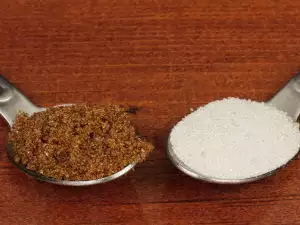
It's nice to remove a jar of molasses from the refrigerator half an hour before cooked. Otherwise it will be difficult to even remove the molasses from the spoon.
Benefits of molasses
Molasses is one of the healthiest sweeteners. Due to the high content of nutrients, it is useful in anemia. Eating a spoonful of molasses a day can provide the necessary amount of iron for the body. Besides iron, molasses can help us to obtain the required strength of calcium in bone.
Molasses can be used as an effective remedy for reducing the symptoms of menopause in women. Recent studies show that this sweetener helps the healing of skin wounds and promotes more rapid elimination of accumulated colon toxins.
The consumption of molasses is helpful for people who suffer from arthritis, heart palpitations, constipation and general anxiety. Used in the treatment of dermatitis, psoriasis, rheumatism, varicose veins and some benign tumors.
However, do not overdo the intake of molasses, however, because it is derived from sugar and should be consumed in moderation.
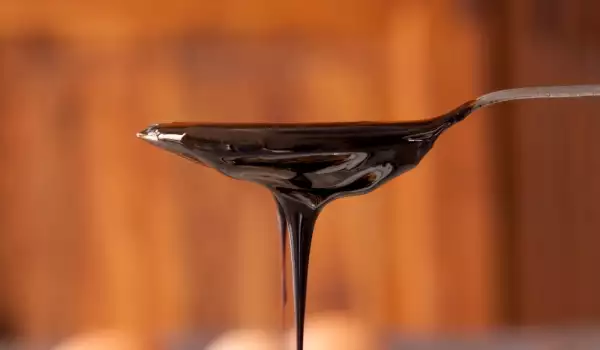
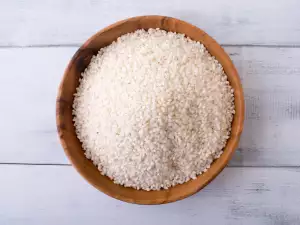
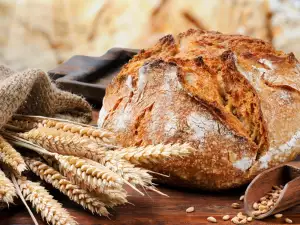
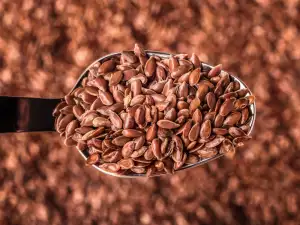


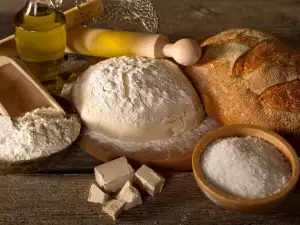
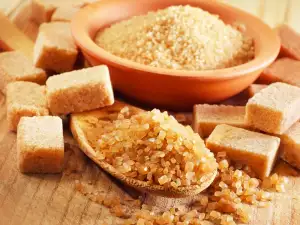
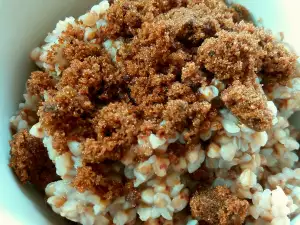
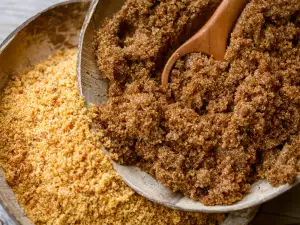


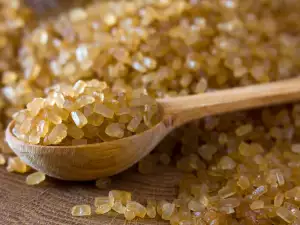




Comments